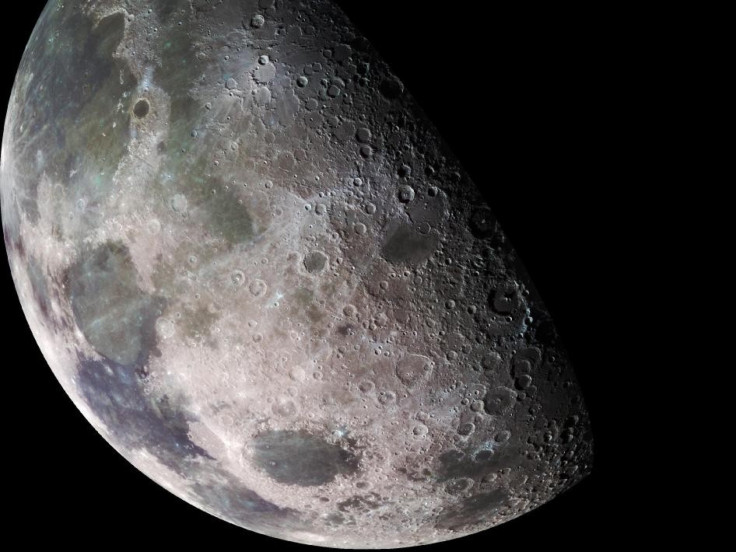Moon May Be 200 Million Years Younger Than Thought: Scientists

The history of our satellite friend may need some reexamination, after scientists investigated moon rock samples collected during NASA's Apollo lunar landings and re-dated one of the rocks to find it was only 4.36 billion years old.
The finding suggests that the Moon itself may turn out to be 4.36 billion years old, up to 200 million years younger than previously thought.
The study was detailed in Aug. 17 issue of the journal Nature.
On the surface of the Moon, a group of rocks called ferroan anorthosites (FANs) are thought to have been one of the last things to crystallize out of the magma oceans, forming the first lunar crust. Though FANs have been difficult date, the new research uses improved methods to calculate the ages of FANs with unprecedented precision, through analyzing isotopes of lead, samarium and neodymium within carefully purified samples of these rocks.
"After many years of trying, we have found a way to reliably date the ages of lunar crustal rocks with high precision," said study lead author Lars Borg, a planetary scientist at the Lawrence Livermore National Laboratory in California. "We can apply this technique to address many questions regarding the timing of ancient events on the moon."
The researchers concluded the formation of the rock as about 200 million years after the solar system's first solid materials, suggesting a much younger age of the Moon than previously thought.
"The extraordinarily young age of this lunar sample either means that the Moon solidified significantly later than previous estimates, or that we need to change our entire understanding of the Moon's geochemical history," said team member Richard Carlson of the Carnegie Institution for Science in Washington.
If the estimate is right, it implies that the oldest crusts on both Earth and Moon formed at roughly the same time, both of them shortly after the big smashup, reported AFP.
However, how representative this lone sample of rock is of the geological history of the moon remains uncertain.
"Lunar science is limited by the amount of samples we have," said Borg. Some scientists have warned the possibility that Borg's conclusion on lunar age or origins could be wrong. Possibilities remain for the rock to have its origin in a smaller molten rock ocean, or at the time when the moon was bombarded by space debris which was much more common a few billion years ago.
Some of the rocks may also have melted again after the moon formed, suggests Clive Neal of the University of Notre Dame in Indiana.
"I remain to be convinced that the moon is as young as suggested by this paper," says Neal.
© Copyright IBTimes 2024. All rights reserved.





















